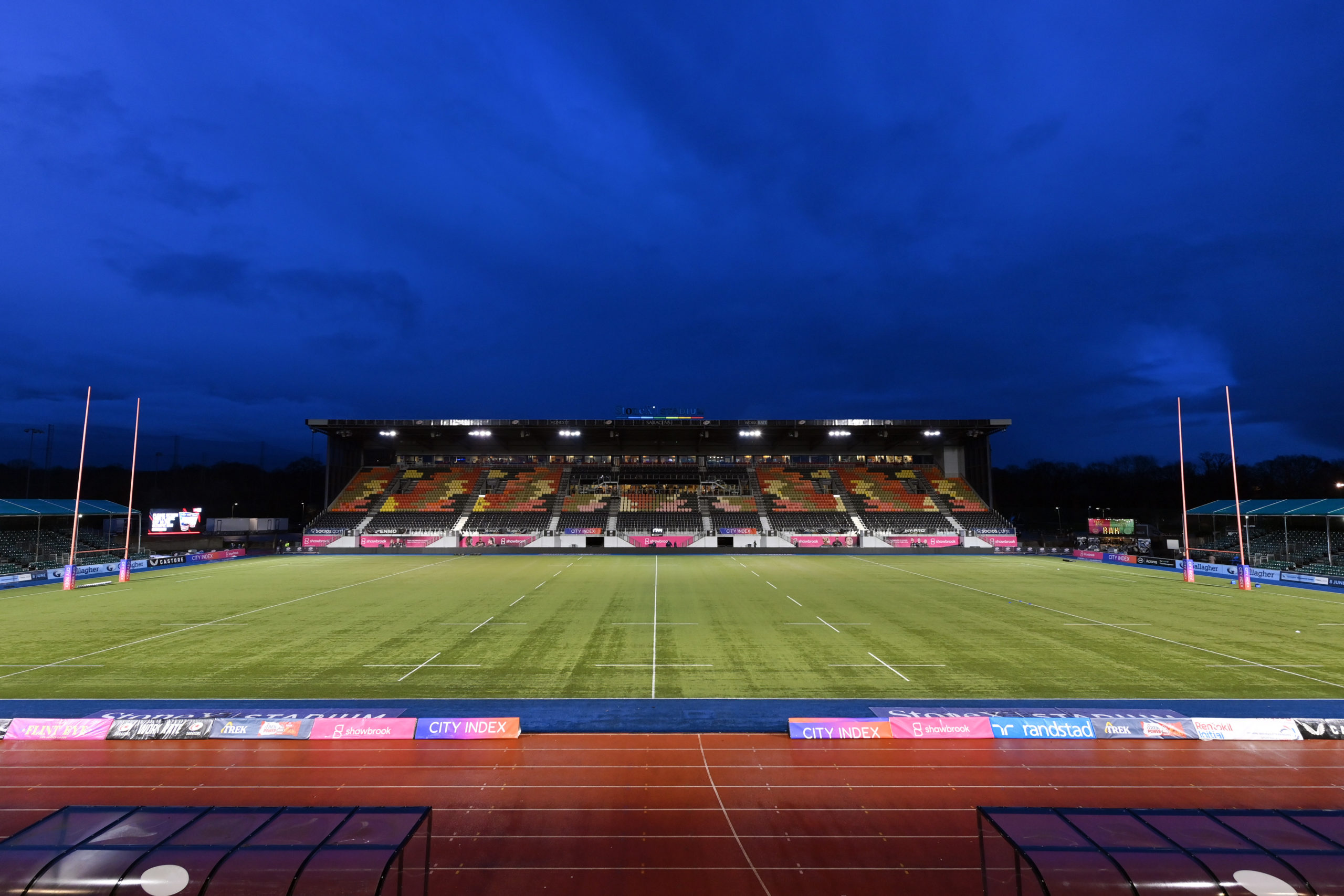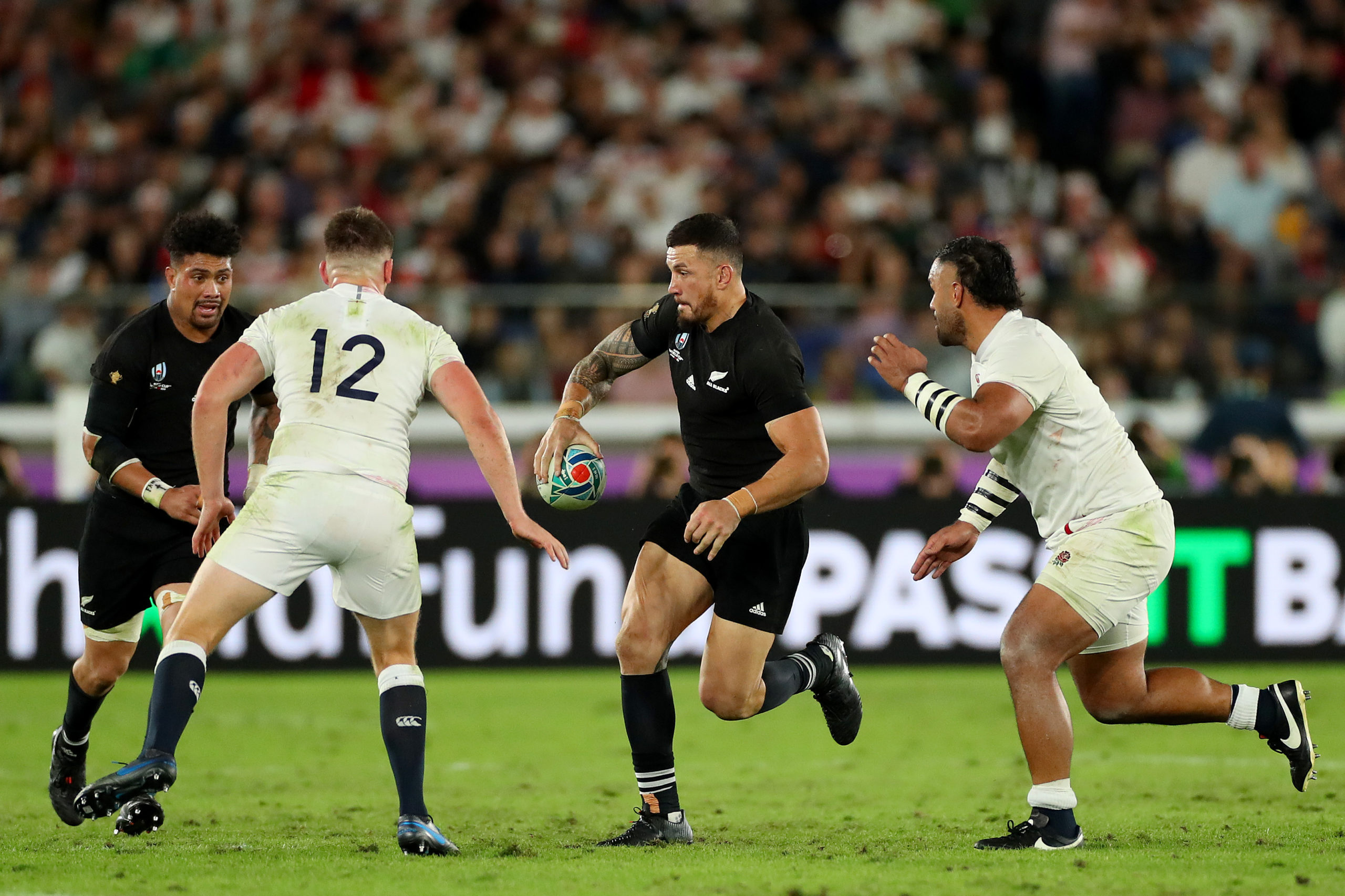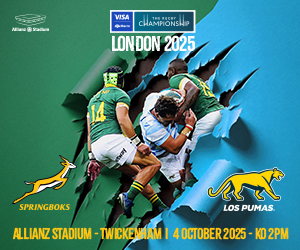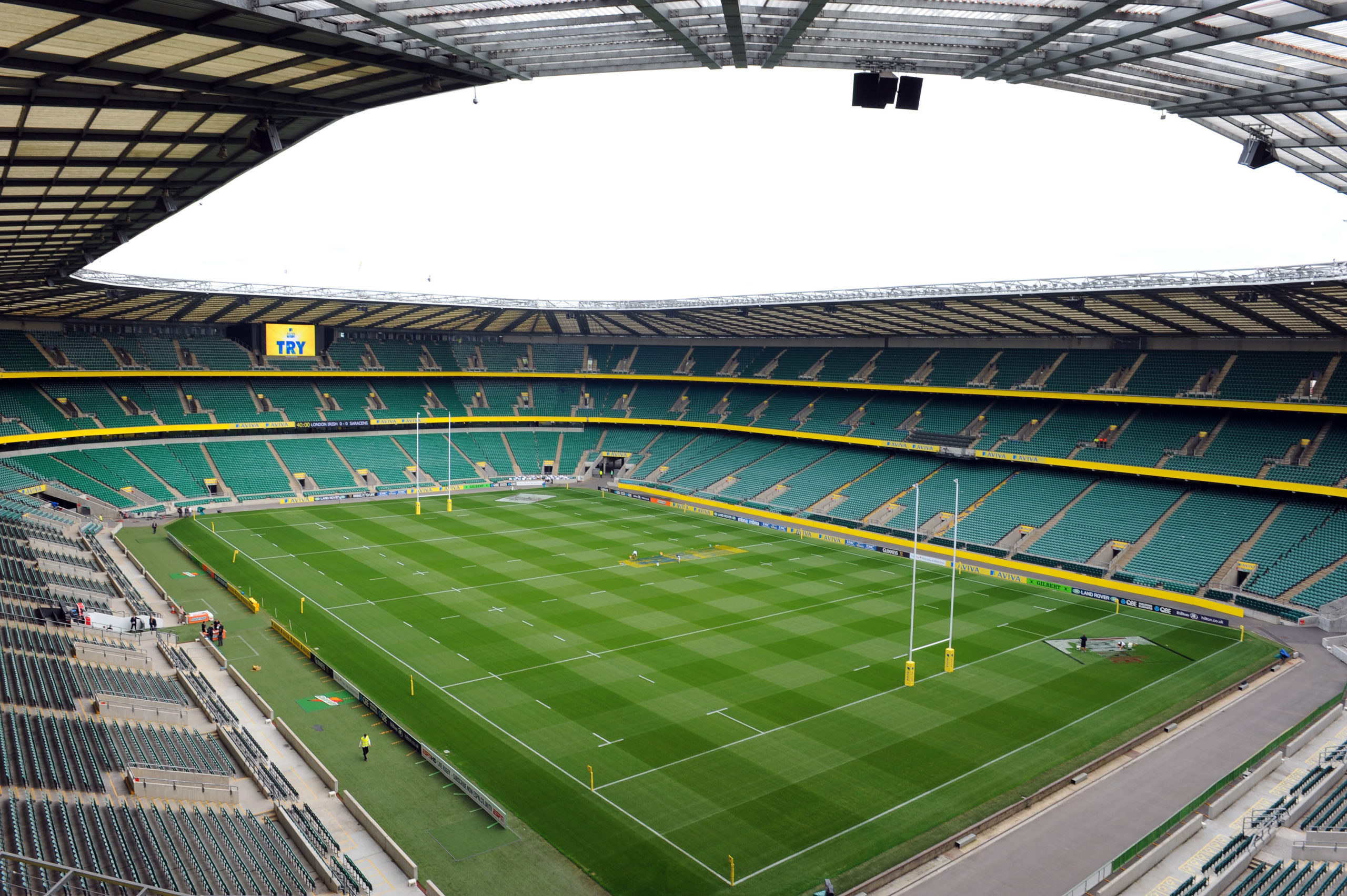
By Peter Ryan (@PeterRyanSports)
Rugby union has evolved by leaps and bounds since its conception in the small English town where the sport’s name originated.
Coaches in the game are mastermind tacticians who consistently devise ways to stifle the opposition. As the game progresses, coaches look for new ways to advance it.
Sports are full of cerebral minds, and people can take inspiration from each other. Football has seen many geniuses impart their visions on the field.
One style of play has left a lasting impression on the game. That is ‘Total Football’, and using certain aspects of its philosophy could make for an exciting brand of rugby, sparking a new era of innovation and entertainment in the sport.
Total Football
The tactical game in football is constantly evolving, and new visions of how to play the game are developing at a massive rate.
However, one mainstay in the sports world is ‘Total Football’. Dutch coach Rinus Michels envisioned the philosophy of how to play the game.
Yet, one of the players, Johan Cruyff, brought it to the forefront of the game. As a coach, he used the ‘Total Football’ ideology to win much gold with Ajax and FC Barcelona.
Pep Guardiola is the face of the system in the modern game, and his teams have enjoyed much success over the years.
As a system, players can move in and out of positions throughout a match.
The style of play makes counterattacking fluid because players are encouraged to compete with high intensity and win the ball high up the pitch.
It creates a sense of camaraderie in a squad because each team member should understand what their teammates are doing.
You can’t hold only one person accountable if teamwork is integral to correctly playing the system. It revolutionised football, and a few aspects could be similar for rugby.
Applying Total Football to Rugby
The ‘Total Football’ philosophy revolves around the idea that there are nearly no fixed positions. It aims to create mismatches on the field.
Of course, a winger can’t be a prop, yet you can take inspiration for the backline. Forwards must make the hard yards and build a strong foundation.
Breaking the gain line is crucial as it keeps the defence on the back foot. It allows the attacking team to think ahead of the opposition.
The system would revolve around creating key mismatches. There is a vast range of positions on the field, with each player tasked with a specific role.
This means that opportunities will arise when players’ weaknesses are exploited. The pack is usually the engine of a team and is crucial to success.
Many forwards are labelled as dynamic runners, suitable for breaking the gain line. They are often the ones making the big hits in defence.
However, as rugby has developed, many forwards have become more well-rounded. Hookers and back-rowers seem to be much more versatile than in the past.
Many phenomenal athletes are now playing in those positions. The idea of ‘Total Football’ suggests that you need some forwards to take up positions in the backline to expose critical mismatches.
Versatile Athletes
Nowadays, many competitors can do this. Players like Dan Sheehan and Jac Morgan would fit this system perfectly because they are sensational athletes who can do it all on the pitch.
They could slot into the backline and give a team more depth in terms of the looks they can give defences.
As the game progresses and players develop, we will see members of the pack become more integral to the outfield attack.
Set pieces are pivotal in deciding the outcome of a Test match. The first receiver is so important because it gives an attack structure.
Most of the time, the fly-half is entrusted with that responsibility. Yet, the inside centre could be an exciting option when looking at a potential position that could be a solid first receiver.
10 and 12 could switch places, and the carry from 12 should put the defence on the back foot enough for the fly-half to capitalise on the following phase.
Fullback Focus
One position that would be crucial in the system is the fullback. A fullback can act as a playmaker who can support the fly-half when needed.
Toulouse plays in a way where the roles of fly-half and fullback are interchangeable. Teams could experiment a lot with the first receiver, but the key is that players covering these positions are comfortable on the ball.
The scrum-half will have to be the primary playmaker.
Controlling the game’s pace would be essential because you must find the right balance between giving the attack time to get into place and not allowing enough time for the defence to set. There would be more emphasis on box-kicking because territory is vital.
It comes down to the scrum-half to make the right reads.
For example, counterattacking in rugby is very important, as in football. The kicking game is so essential today that every team should have a player who offers a threat on the counter.
A winger may offer more danger to defences than a fullback. Given enough time, the two positions could switch to create the best attacking platform.
Having a fullback who is solid under the high ball is also critical. Yet, even if a fullback is immovable in the air but doesn’t have that counterattacking ability, there will also be questions about their position on the field. The ‘Total Football’ idea allows players to play to their strengths.
























You must be logged in to post a comment Login